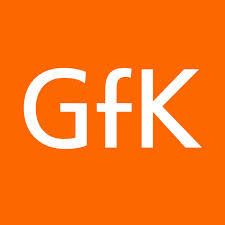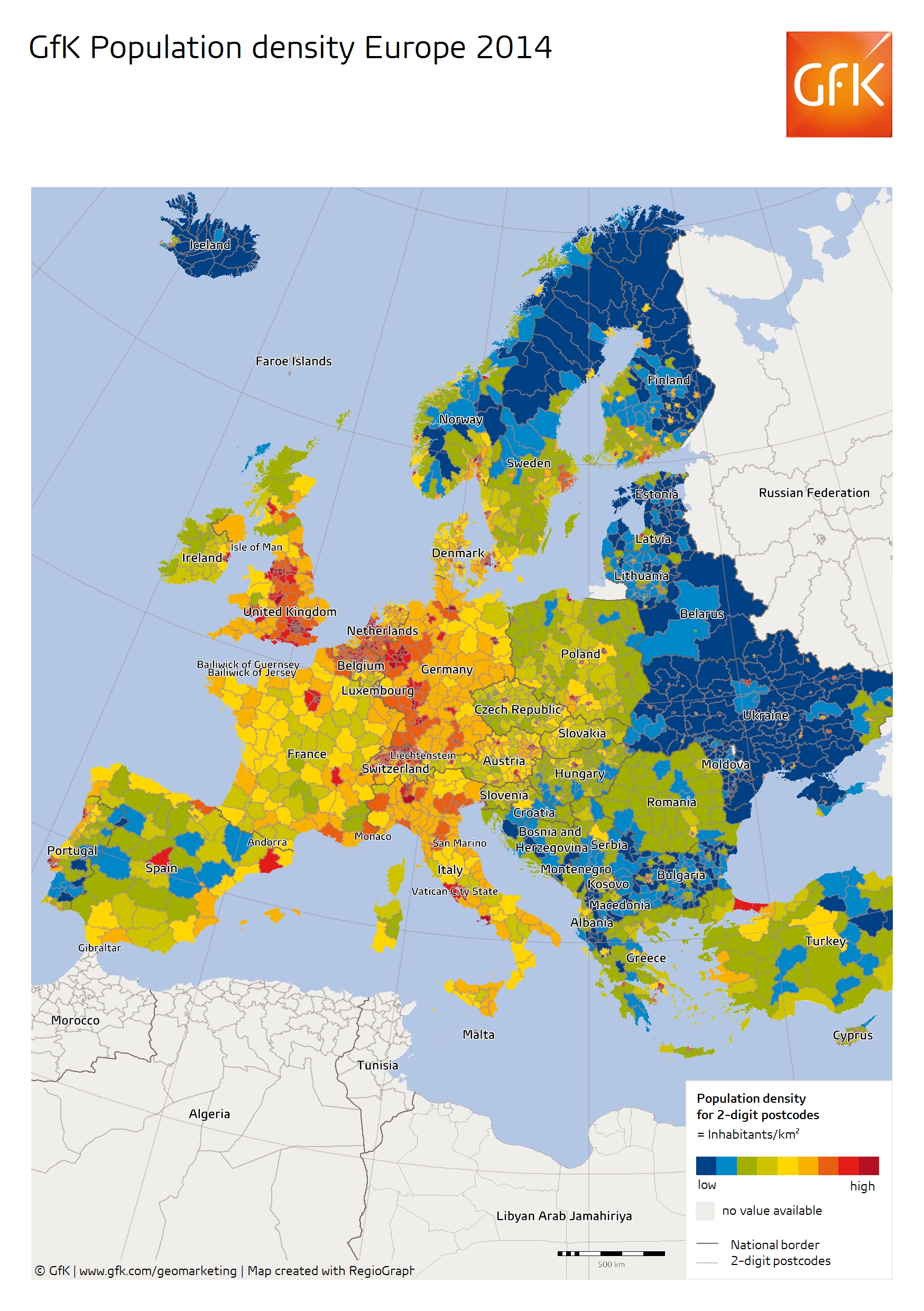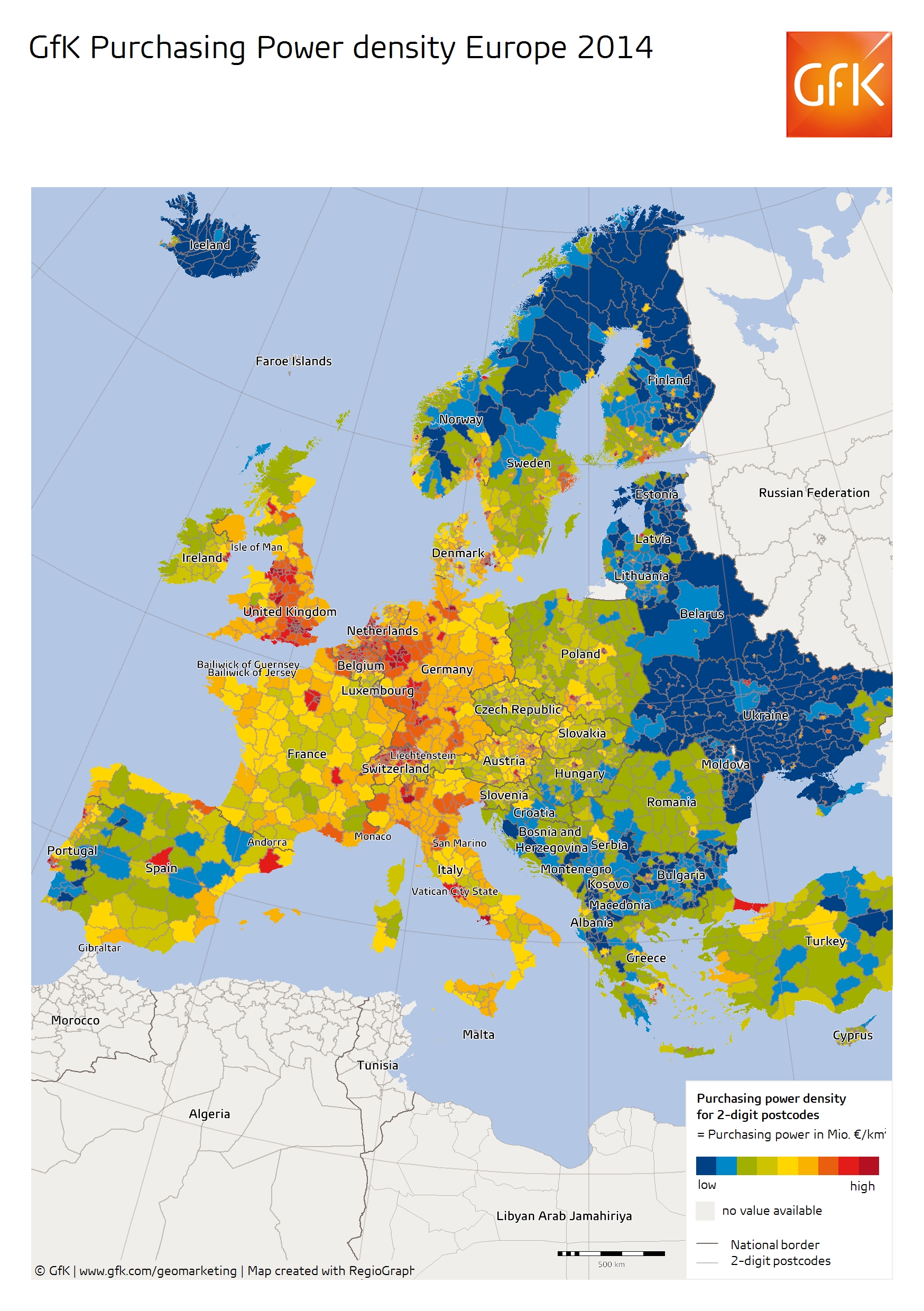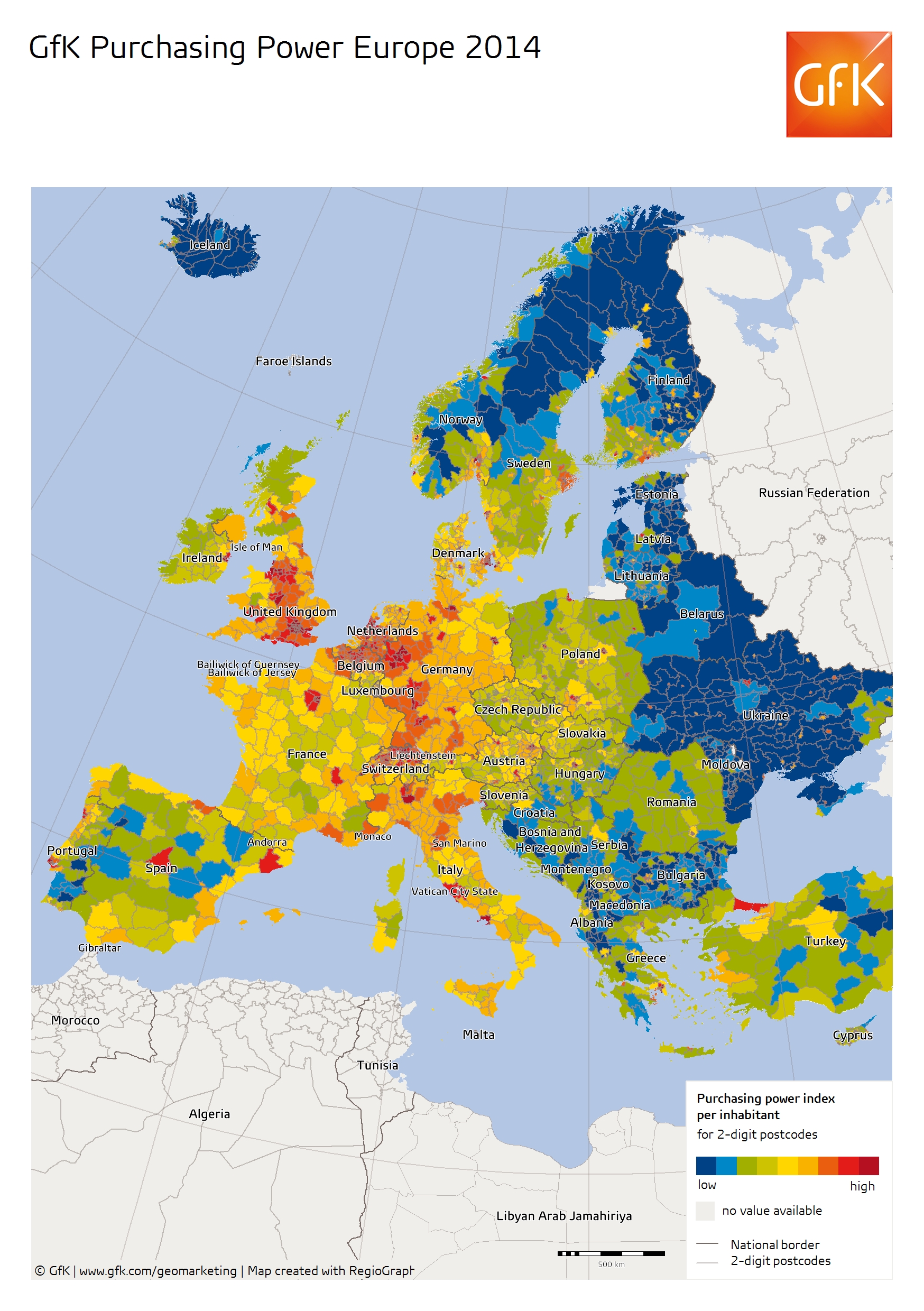 Bruchsal, October 22, 2014 – Purchasing power in Europe climbed by around two percent this year. The amount of disposable income available to Europe’s inhabitants depends largely on their country of residence. There are especially notable differences between northern and western European countries as well as between central, southern and eastern European countries. But purchasing power also varies significantly within individual countries. These are some of the results of GfK’s current study “GfK Purchasing Power Europe 2014/2015”.
Bruchsal, October 22, 2014 – Purchasing power in Europe climbed by around two percent this year. The amount of disposable income available to Europe’s inhabitants depends largely on their country of residence. There are especially notable differences between northern and western European countries as well as between central, southern and eastern European countries. But purchasing power also varies significantly within individual countries. These are some of the results of GfK’s current study “GfK Purchasing Power Europe 2014/2015”.
According to the GfK study, a total of approximately €8.83 trillion is available to European consumers in 2014 for spending and saving. This corresponds to an average per-capita purchasing power of €13,112 for the 42 countries under review. Europeans consequently have around two percent more disposable income than they did in the previous year. This equates to a slight rise for consumers in most countries. According to the European Central Bank, the inflation rate for 2014 will be one percent for the 28 European Union member countries.
There are considerable differences among the European countries in terms of the amount available to private consumers for consumption-related purchases. While Norway has a disposable per-capita income of €30,560, Bulgaria has a mere €3,097, which is around only one-tenth of the Norwegian figure.
The ranking of the individual European countries has changed compared to last year: Denmark climbed two places to the fifth spot. Germany, Great Britain, Malta, Lithuania, Estonia, Croatia, Bosnia-Herzegovina, Macedonia, Kosovo and Belarus all moved up one spot. Albania was the biggest loser, dropping four spots to third last. Sweden went down three places to the eighth position. The Czech Republic fell two spots, while Belgium, Cyprus and Turkey all fell one spot. Many of these changes are due to exchange rate fluctuations between the euro and the local currency in question. GfK Purchasing Power is calculated in euros to support Europe-wide comparisons of the data.
As was previously the case, there’s a very noticeable prosperity gap between Western and Northern Europe on the one hand, and Central, Eastern and Southern Europe on the other. The countries with low purchasing power have however slowly caught up in recent years. But some suffered significant setbacks due to the financial crisis.
France and Great Britain: Similar, yet different
With €19,643 in per-capita purchasing power, French citizens have almost 1.5 times the European average. The distribution of purchasing power in France reflects the power relations in this centralist country: Only two of the 22 regions have above-average values – Ile-de-France (119.4) and Rhone-Alpes (101.4). Even the third-ranked region, Provence-Alpes-Cote d’Azur, lies just under the national average (99.4). Nord-Pas-de-Calais (86.1) and Corsica (89.5) are at the other end of the region rankings.
Paris leads France’s 330 arrondissements by a clear margin. Inhabitants of the French capital have an average of €30,796 per person, which is more than 1.5 times higher than the national average. Residents of Saint-Denis bring up the rear with €13,919 per person. This figure amounts to almost 30 percent below the national average and only 45 percent of
Parisians’ purchasing power.
With €15,664, inhabitants of the coastal city of Calais are fifth from last in the rankings of country’s districts with the least purchasing power. These inhabitants have around 20 percent less at their disposal than the national average.
On the other side of the English Channel, inhabitants of the district of Dover in Great Britain have a purchasing power of €17,589 per person. This is eight percent less purchasing power than the British average.
At €19,136, the British per-capita national average is around €500 less than the corresponding French average. As such, Brits have around 36 percent more purchasing power than the European average. But inhabitants of Nottingham County, the English county with the least purchasing power, only beat the European average by one percent.
With an index of 112 and €21,478 per person, the City of Edinburgh ranks 14 among the 174 counties.
More than a couple of boat lengths lie between the counties of Oxford and Cambridge: Cambridgeshire loses the purchasing power race by €1,422 Euro (€20,457 per person, index: 106.9; Oxford: €21,879 per person, index: 114.3). But the tables are turned when these figures are evaluated at the level of the more granular districts: Oxford lies around seven percent below the British average (index: 92.6), while Cambridge is only minimally below that threshold (index: 100.6). These less impressive performances are explained by the many students in the city center areas who tend to have lower purchasing power levels. By contrast, the surrounding areas in both counties attract residents with high incomes and thus also high purchasing power.
Two Baltic tigers go head-to-head: Lithuania and Latvia
Lithuania’s approximately 2.9 million inhabitants have a total purchasing power of €21.8 bil. This corresponds to a per-capita purchasing power of €7,395, which is 56 percent of the European average.
Inhabitants of the capital district of Vilnius have the most purchasing power – €8,543 per person, which is 15 percent higher than the national average. At the other end of Lithuania’s ten districts is Taurages, with €6,004 per person and an index of 81.2. Klaipeda, the second wealthiest region in Lithuania, is located around 100 km from Taurages.
Latvia’s approximately 2 million inhabitants have somewhat less money at their disposal than their southern neighbors. Latvians have an average per-capita purchasing power of €6,921. This amounts to a total purchasing power of €13.85 bil. As such, Latvians also have slightly above half of the European average.
Similar to Lithuania, the Latvians with the most purchasing power are those in the region around the capital of Riga: These inhabitants have on average €7,969 per capita, which is 15 percent higher than the national average.
At the other end of Latvia’s five planning regions is Latgale, located in the eastern part of the country. This region has a purchasing power of €5,164 and an index of 74.6. Latvia’s eastern area along the border with Russia and Belarus has, on the whole, significantly less purchasing power than the western area of the country. The gap between rich and poor is also substantially wider in Latvia than in neighboring Lithuania. Of the country’s 119 municipalities, only 15 percent have a purchasing power level equal to or greater than the national average. The prosperity gap is even more apparent when viewed at this granular level.
The port cities of Riga in Latvia and Klaipeda in Lithuania are clear purchasing power strongholds and underscore the importance of the export trade to the Baltic tigers and, by extension, to the economic wealth of their inhabitants.
About the study
The GfK purchasing power study reflects the nominal disposable income of the population in euros. The data is available down to detailed administrative and postal levels. The exchange rates for the non-euro countries are based on Eurostat figures from July 10, 2014.
Purchasing power is a measure of per-capita disposable income (including any received state benefits) after the deduction of taxes and charitable contributions. The study indicates per-person, per-year purchasing power levels in euros and as an index value. GfK Purchasing Power is based on nominal disposable income. This means the values are not adjusted for inflation. The study draws on statistics on income and tax levels, government benefits and forecasts by economic institutes.
Consumers draw from their general purchasing power to cover expenses related to eating, living, services, energy, private pensions and insurance premiums as well as other expenditures, such as vacation, mobility and consumer purchases.
The GfK Purchasing Power Europe study is calculated annually for 42 European countries and provides comprehensive coverage down to the level of municipalities and postcodes. The 2014/2015 study is available immediately and also includes the latest data on inhabitants and households. GfK offers seamlessly fitting digital maps as part of its geomarketing solution.
Internationally active companies need accurate predictions of the amount of money available to consumers in their markets. GfK Purchasing Power Europe provides this information and supports expansion planning, branch network optimization and controlling.
About GfK
GfK is the trusted source of relevant market and consumer information that enables its clients to make smarter decisions. More than 13,000 market research experts combine their passion with GfK’s long-standing data science experience. This allows GfK to deliver vital global insights matched with local market intelligence from more than 100 countries. By using innovative technologies and data sciences, GfK turns big data into smart data, enabling its clients to improve their competitive edge and enrich consumers’ experiences and choices.
Additional information can be found at www.gfk.com



